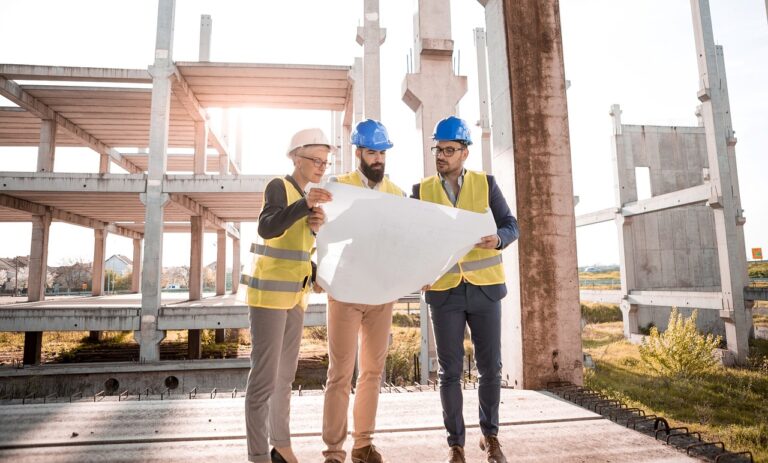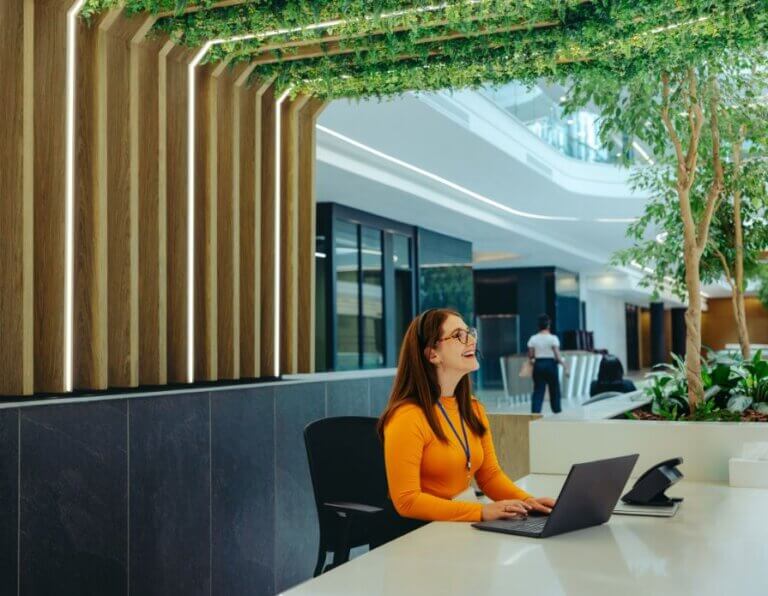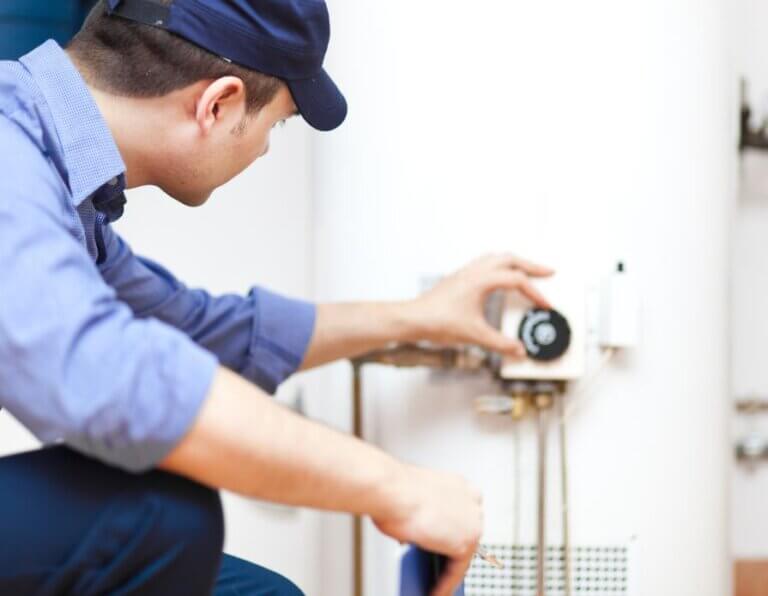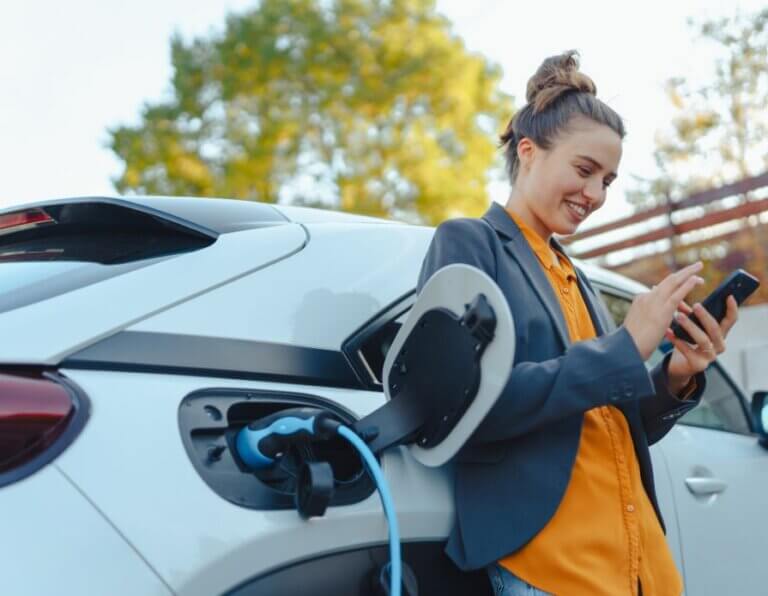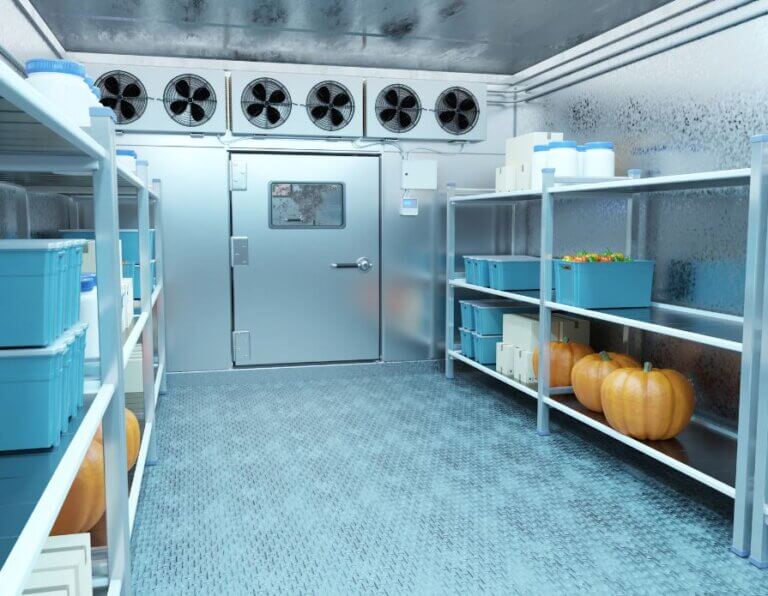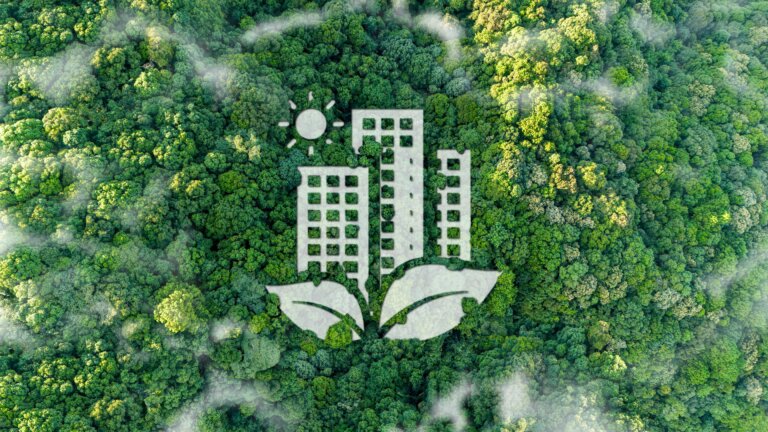Sustainability as a Competitive Advantage in the Rental Market
Sustainability in rentals refers to operating a property with minimal environmental impact. It encompasses energy-saving appliances, insulation, renewable energy sources, water conservation, and sustainable materials.
It’s not just the tech; it’s a mindset.
You’d be surprised what tenants notice. From going paperless on contracts to installing communal recycling bins, landlords can create places that align with their values.
Even little things like rainwater harvesting or bike racks can turn a place from average to stand-out. The greener you go, the more you get back.
Why It’s More Important Than Ever
Tenants care. A lot. They’re choosing homes that reflect their values, and that includes being sustainable.
Many people are looking for ways to reduce their carbon footprint. They want to feel like they’re making a difference—like their home is powered by renewables, or lit with low energy.
It’s no longer just about location and price.
By renting eco-friendly, landlords gain access to a powerful motivator: purpose. People are looking to live with intention, and where they live is a big part of that.
If your rental reflects their values, you’ve got a massive advantage.
Lower Costs in the Long Run
The initial costs of green features often pay off in the long run.
Investing in smart thermostats, solar panels, or low-energy lighting can feel expensive. But it’ll cut your utility bills, lower maintenance costs, and lower turnover.
Tenants stick around longer when they feel like they work with you.
And if you save on energy, you can invest in other places.
Smart tech can even identify problems before they happen. Water leak detectors or energy monitors can catch potential issues.
Going green isn’t just good for the environment—it’s good for your bottom line.
What Tenants Want
Sustainability is no longer a “niche” feature—it’s on their wish list.
Tenants are seeking places that promote healthy, environmentally conscious lifestyles. They want to walk in and see tangible proof that you’ve thought ahead.
Whether it’s double glazing, solar panels, or smart energy use, it matters.
And don’t forget comfort—well-insulated homes are warmer in winter and cooler in summer. That saves money and improves tenants’ quality of life.
Add quiet appliances, fresh air filters, and natural materials, and you’ve got a recipe for long-term tenancy and positive reviews.
Stand Out in a Crowded Market
The rental market is crowded. And in competitive markets, standing out is everything.
Going green gives landlords and property managers an edge.
A “solar-powered” or “eco-friendly” listing gets clicks. People stop. They look.
Why? Because sustainability signals thoughtfulness and innovation.
It also shows you’re forward-thinking. Instead of offering a white-walled flat, you’re offering a home that reflects where the world is going.
And if tenants see a landlord who cares about the environment, they’re more likely to see you care about them.
Making More Money
Not only do eco-conscious homes attract better tenants, but they’re also worth more.
Green homes tend to command higher rents and are let more quickly. Buyers also care about places that meet or exceed energy efficiency standards.
So whether you’re renting now or selling later, it’s an investment that pays off.
And valuation experts are now taking EPC ratings into account. An A-rated EPC isn’t just good for marketing—it’s a selling point on its own.
By investing in green improvements, you’re future-proofing your asset and setting yourself up for long-term gains in a shifting market.
Government Incentives and Funding
Here’s a little secret: you can get paid to go green.
The UK government offers grants and incentives for landlords to improve their properties. From the Boiler Upgrade Scheme to the Green Homes Grant (which is active at the moment), there’s usually help to pay for those early costs of green upgrades.
Don’t write it off too soon.
There are also council-backed schemes, low-interest green loans, and energy supplier discounts for green renovations. All of these will help you do things smarter and faster.
If you’re not tapping into these yet, you’re leaving money on the table.
The U.S. government offers various tax credits, rebates, and funding programs to encourage energy-efficient housing.
The Residential Clean Energy Credit gives homeowners a tax break for installing solar, wind, or geothermal systems. This can apply to small landlords who live on-site or manage multi-family buildings.
States also roll out their own green schemes. California, New York, and Massachusetts, for instance, offer generous rebates on high-efficiency HVAC systems, insulation, and smart thermostats.
Programs like ENERGY STAR, the Weatherization Assistance Program (WAP), and Property Assessed Clean Energy (PACE) financing can help reduce upfront costs for eco-friendly improvements.
And here’s the thing—some utility companies offer rebates just for switching to LED lighting or installing energy-saving appliances. Check your local utility website.
The bottom line? No matter where you’re based, there’s probably a program or perk waiting for you. All you need to do is look a little and collect your payment.
What Property Managers Do
Let’s not forget the people who keep things running.
Property managers play a crucial role in ensuring buildings remain energy-efficient, modern, and compliant. They oversee upgrades, liaise with tenants, and ensure maintenance teams do things right. That’s a lot of power over a property’s sustainability.
Take Property Management in Manchester, for example. They are familiar with local regulations, understand what sustainable renters are looking for, and know how to assist landlords in adopting green strategies.
A smart manager isn’t just a maintenance contact—they’re a partner in creating sustainable, market-ready homes.
Getting Renters to Go Green (Without Being a Know-It-All)
Let’s also remember: some renters want to live sustainably, but don’t know how.
That’s your opportunity to make things easier for them.
A little welcome guide with tips on going green goes a long way. Include how to use energy-efficient features, where to recycle, and even what eco-friendly shops or services are nearby.
You can even include monthly updates with seasonal energy tips or local green events. Keep it friendly and useful—never patronizing.
When tenants feel empowered, not judged, they’re more likely to adopt green habits and stick around.
Branding the Landlord
Whether you’re a landlord with one property or a company with a whole portfolio, reputation matters.
In the digital age, reviews are everything. Tenants talk. And if they love your property’s green features, they’ll shout about it online.
Over time, that builds your brand as someone who cares about people, the planet, and smart living.
That helps you grow. Letting agents will want to work with you. Buyers will see you as a forward-thinking investor.
And most importantly, tenants will trust you, which is the secret to low turnover and long-term success.
Making Small Changes That Add Up
You don’t need a solar installation tomorrow to start making changes.
Start small. Change all lighting to LEDs. Install water-saving aerators. Replace old windows with double glazing when they need replacing.
Each of these cuts costs and signals you care. Over time, they add up.
You could even get tenants involved in the process—ask for their green ideas or incentivize energy reductions.
Making it a joint effort builds stronger tenant relationships and amplifies the impact of your sustainability efforts.
Showcasing Sustainability the Right Way
Got green improvements? Don’t hide them.
Your listings should mention sustainable features—say “energy-efficient,” “sustainable living,” or “low utility bills.”
Don’t forget to include EPC ratings and relevant certifications. Include photos of solar panels, green gardens, or double-glazed windows.
Showcase what you’re about.
You can also post on social media or include brochures that tell your sustainability story. Post before-and-after photos of upgrades, tenant testimonials, or videos of your improvements in action.
Let your values shine through, and you’ll attract people who share them.
Acting Before It’s Too Late
The writing’s on the wall. Energy and sustainability regulations are only going to get tougher.
For landlords, that means acting now is smarter than waiting.
By making improvements now, you meet EPC standards, avoid potential fines, and lower your risk of being taken off the market. It’s about being ahead of the curve, not behind it.
And remember: newer generations of renters expect this.
One day, sustainable features won’t be a bonus—they’ll be a given. Getting ahead now doesn’t just protect your investment—it positions you as a leader in the market.
Investing for the Future
Let’s look ahead. Sustainability isn’t a trend—it’s the future.
As climate change worsens and energy costs rise, tenants will increasingly prioritize efficient, environmentally conscious homes.
And the competition will heat up. The properties with the lowest environmental impact and the highest comfort will be on top.
If you want your rental business to succeed, start thinking long-term. Make smart investments now that keep you ahead of the curve for years to come.
Green homes aren’t just in demand—they’re essential.
Going Green is Gold
Sustainability used to be a buzzword. Now, it’s a business strategy.
In the rental market, adopting a green approach means lower costs, happier tenants, reduced turnover, and higher returns. Not to mention the feel-good factor of doing your part for the planet.
It’s not just about checking the boxes—it’s about leading with intention, showing you care, and creating spaces where people want to live—not just today, but tomorrow too.
So, whether you’re just starting or going all-in, remember this:
Sustainability isn’t just the future of the rental market—it’s your competitive advantage.
